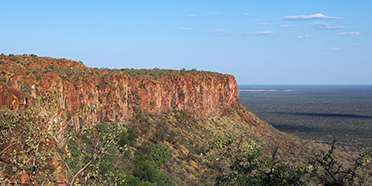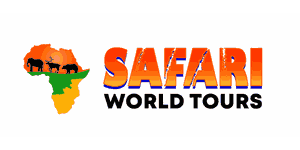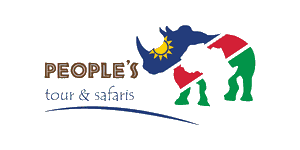
Safari Tours to Waterberg Plateau
-
![6-Day Budget Desert and Waterberg Plateau Lodging Safari]()
6-Day Budget Desert and Waterberg Plateau Lodging Safari
$1,810 pp (USD)
Namibia: Private tour
Mid-range Hotel & Self Catering AccommodationYou Visit: Windhoek (Start), Sossusvlei (Sand Dunes), Swakopmund (City), Waterberg Plateau, Windhoek (End)

Safari World Tours
5.0/5 – 4 Reviews
-
![12-Day Classic Namibia Self Drive Tour]()
12-Day Classic Namibia Self Drive Tour
$5,188 to $5,775 pp (USD)
Namibia: Self-drive
Mid-range Lodge & Tented CampYou Visit: Windhoek (Start), Sossusvlei (Sand Dunes), Swakopmund (City), Twyfelfontein (Rock Art), Etosha NP, Eastern Etosha NP, Waterberg Plateau, Windhoek (End)

Desert Air Africa Safaris
5.0/5 – 30 Reviews
-
![8-Day Budget Camping Guided Safari]()
8-Day Budget Camping Guided Safari
$2,262 pp (USD)
Namibia: Shared tour (max 8 people per vehicle)BudgetCamping
You Visit: Windhoek (Start), Spitzkoppe (Damaraland), Cape Cross (Seals), Brandberg Mountain (Rock Art), Himba Village (Cultural Village), Etosha NP, Waterberg Plateau, Windhoek (End)

People Tours And Safari
4.8/5 – 97 Reviews

 Namibia Parks
Namibia Parks











